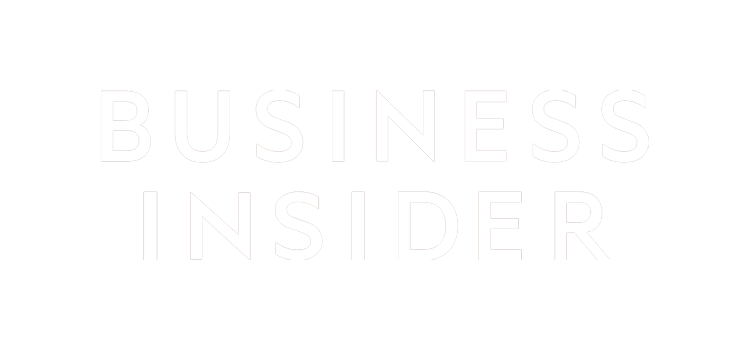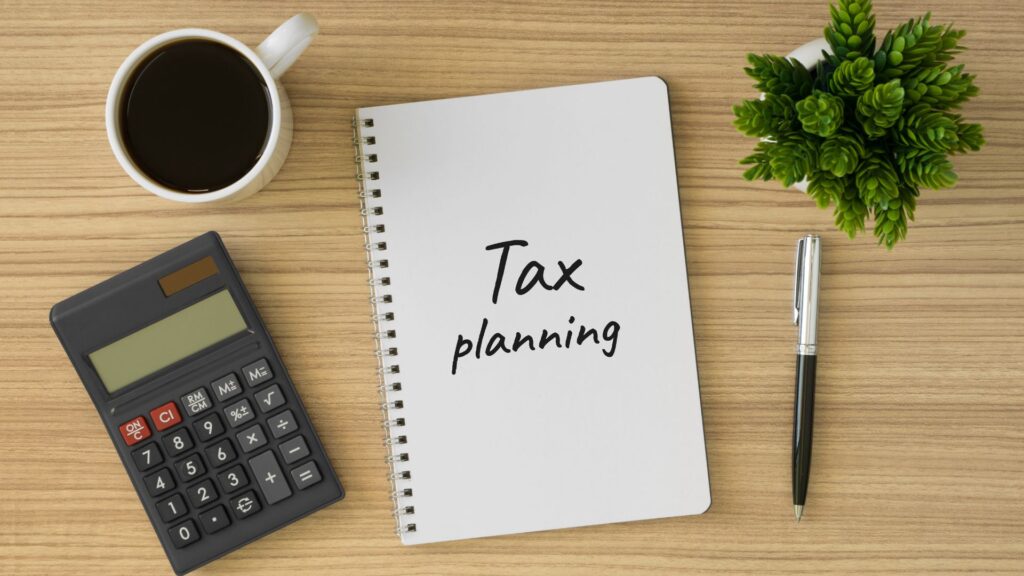AS SEEN IN:








DREAM BIG
We help professionals who are at the top of their game level up.
By creating thoughtful, clear, and intentional financial plans, we help our clients live the lives they envision.
Together, we help you manage your money, build your wealth, and plan for your future.
Do Wealth Better
We believe in the power of the client experience — the personal connections offered in a boutique firm, the craft in partnership, and the intentionality of service.
We also believe in the power of women. Studies show women achieve better investment outcomes, take a longer term view, and are less prone to take disastrous risk*.
Yet, only 23% of CERTIFIED FINANCIAL PLANNERS™ are women**, leaving fewer opportunities for clients to benefit from the unique perspectives and life experiences women advisors bring to the table.
We designed a new model that does wealth better.
We love partnering with our clients on their money journeys. Recently, we had an opportunity to share our own story.
Hear from Uplevel Wealth co-founder, Anika Hedstrom, about the triumphs and disasters, challenges and reflections along her path in a new book, My Money Journey. She and 29 others share their personal stories about finding financial freedom–and how you can too.



